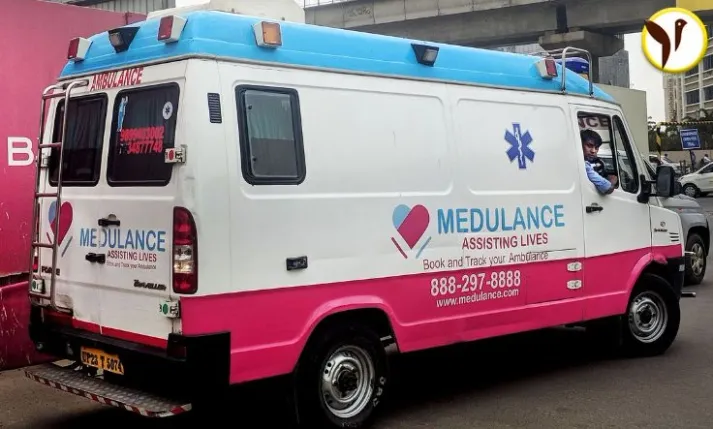How 5G is Changing Medical Services in India
With 5G technology rolling out, both big companies and startups are trying to use it to work faster and better. Honestly, 5G isn’t just about faster internet on your phone — it’s making a real difference in many fields, especially healthcare.
5G brings super fast internet speeds, very low delay (latency), and can handle lots of data at once (high bandwidth). These features make it easier to offer new services in areas like transportation, farming, education, entertainment, manufacturing, and health. But I feel like healthcare is one of the areas where 5G could actually save lives.
Why Technology Matters in Medical Care
The healthcare system in India has often been messy and unorganized. The main focus has mostly been on treating patients, but honestly, it needs to focus more on using better technology, especially because time is so critical in emergencies. A lot of people lose loved ones just because help doesn’t arrive fast enough.
Reports say that delays in emergency medical services (EMS) cause about 30% of deaths in India. That’s a huge number.
Ravjot Singh, co-founder of the startup Medulance, experienced this tragedy firsthand when his grandfather died because help came too late. That’s why Medulance is working to provide faster and more reliable emergency care to patients.
There are so many stories where a patient could have been saved if medical help arrived during the “Golden Hour” — that first critical hour after injury or attack. 5G technology can cut down response times and maybe save more lives that otherwise would be lost.
What’s the Role of Emergency Medical Services (EMS)?
EMS is all about quick action — giving care right away before a patient even reaches the hospital. This is especially important in accidents or sudden health issues.
Emergency Medical Services try to reduce the time it takes to start treatment. Since every second counts, they are now using smart technology to work more efficiently and reliably.
The New 5G-Enabled “Medulances”
Last year, Reliance Jio announced their 5G ambulances at the Indian Medical Conference. Medulance, started by Pranav Bajaj and Ravjot Singh in 2017, is now a big player in emergency medical services in India.
They have over 7,500 ambulances across more than 60 cities. These aren’t ordinary ambulances — they are equipped with 5G, IoT devices, GPS, cameras, and more. This tech helps medical teams share real-time info and follow doctors’ instructions while rushing patients to the hospital.
For example, portable ECG machines can send vital data instantly from the ambulance to hospital doctors, helping them prepare before the patient even arrives.
How Do These 5G Ambulances Actually Work?
The tech in these ambulances helps save crucial minutes — maybe even hours — in emergencies. They are designed to provide the right care right when it matters most, like after accidents or sudden severe illness.
The staff in these ambulances are specially trained to perform quick tests and monitor patients on the spot. This info is then sent to the nearest hospital so the doctors know exactly what they’re dealing with before the patient arrives.
This is especially helpful for people living far from hospitals or in rural areas where quick medical help is hard to get. Honestly, this could really change how healthcare works across India.
Benefits of 5G in Healthcare
5G has some clear advantages when used in medical care:
-
Hospitals can get real-time updates on patients’ vital signs even if they are miles away.
-
High-speed data means X-rays, MRI scans, and other tests can be shared instantly, helping doctors diagnose and treat faster.
-
Telemedicine becomes better, with smooth video calls that let doctors treat patients remotely — which is huge for people who can’t travel easily.
-
In emergencies, doctors can guide paramedics remotely to give the best care during that all-important Golden Hour.
-
Electronic health records can be accessed quickly and securely, speeding up treatment decisions.
Wrapping It Up
As 5G and other tech like AI and IoT become more common in India, their impact on healthcare looks really promising. Faster internet and smart devices can help save a lot of time — and when it comes to medical emergencies, time is everything.
India’s healthcare system is slowly but surely changing because of these technologies, and I feel like 5G ambulances are just the beginning of a new way to treat patients more efficiently and save more lives.







